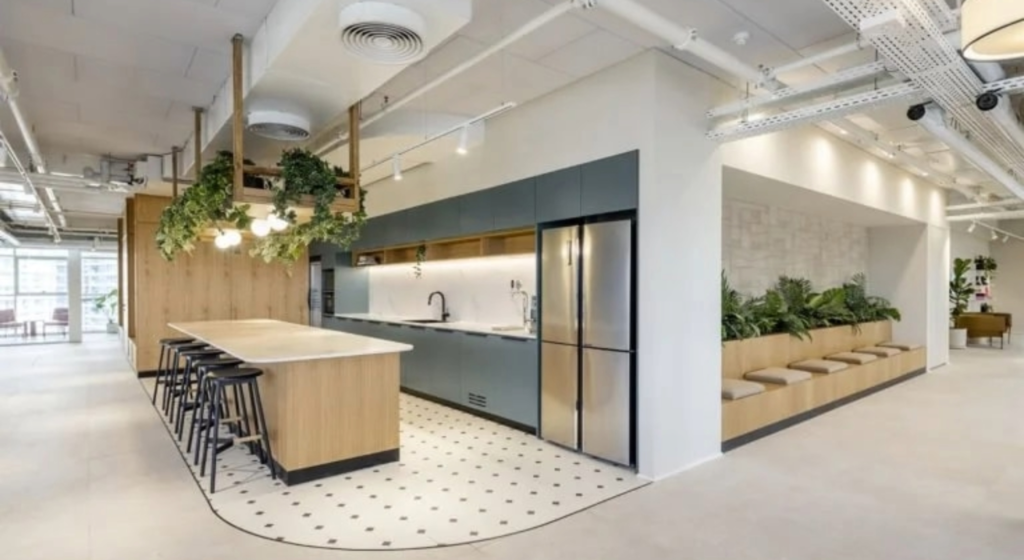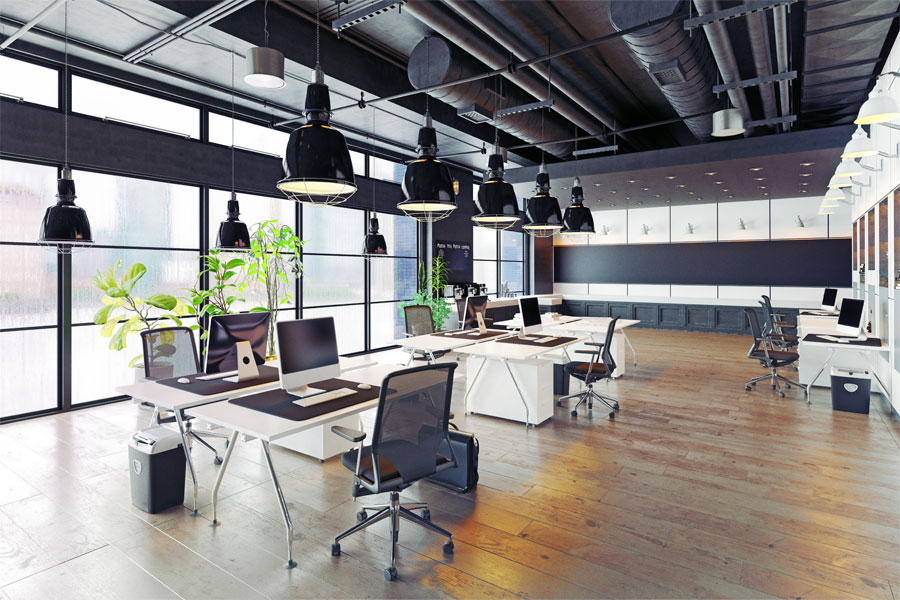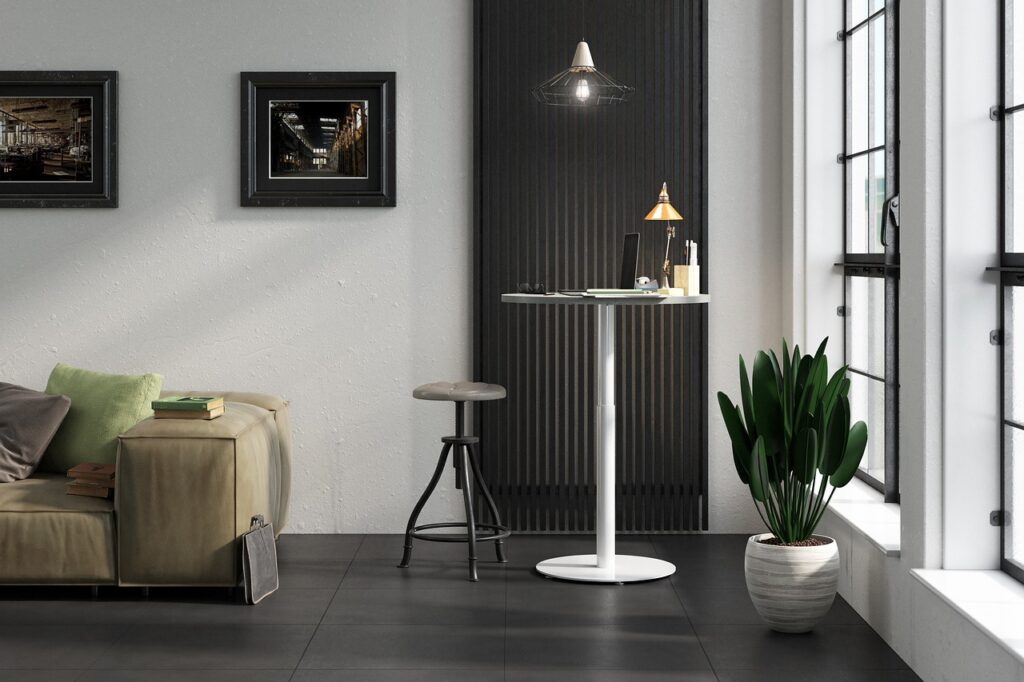In the ever-evolving realm of commercial interior design, there’s a palpable shift toward a greener, more sustainable future. The concept of living walls and vertical gardens is redefining the aesthetics and functionality of commercial spaces. This blog embarks on a journey through the green revolution in commercial interiors, exploring the profound impact of living walls in settings ranging from restaurants and offices to personal cabins. As we delve into this transformative trend, you’ll discover how these innovative designs are enhancing ambiance, improving air quality, and contributing to sustainability.
The Appeal of Living Walls
Living walls, also known as green walls, represent a fusion of nature and design. They are essentially vertical gardens where plants, herbs, and even small trees are grown on specially designed-structures attached to walls. These verdant installations serve as a powerful design element, offering numerous benefits that extend far beyond aesthetics.
Restaurants and the Freshness of Nature
In the world of restaurant interior design, the inclusion of living walls is making a significant impact. These lush, green features not only enhance the visual appeal but also create a connection to nature that can be particularly appealing in dining spaces. Restaurants that feature living walls often cultivate their own herbs and greens, ensuring the freshest ingredients for their dishes. This not only reduces carbon footprint but also adds a unique touch to the culinary experience.
Offices and Employee Well-Being
The office environment has witnessed a major transformation, with a growing emphasis on the well-being of employees. The inclusion of living walls is one way to achieve this. Not only do these green installations improve air quality by filtering toxins, but they also create a soothing ambiance that reduces stress and boosts productivity. In the modern office landscape, where employees often spend long hours indoors, living walls offer a much-needed connection to the outdoors.
Cabin Retreats and Personal Green Sanctuaries
The concept of cabin interiors has gained significance in recent years, especially with the rise of remote work. Cabin dwellers are increasingly incorporating living walls into their personal spaces. The presence of these vertical gardens not only contributes to a cabin’s visual appeal but also promotes a sense of tranquility and relaxation, making it an ideal setting for remote work and leisure.
Customization and Biodiversity
One of the remarkable aspects of living walls is their versatility. Designers can customize these installations to suit the specific needs and ambiance of a space. They can also incorporate a diverse range of plant species, creating biodiversity that is both visually captivating and ecologically beneficial.
Sustainability and Environmental Impact
Living walls are not just a design trend; they are an eco-conscious choice. They promote sustainability by reducing energy consumption and improving air quality. Additionally, they provide insulation, reducing heating and cooling costs. In today’s world of environmental awareness, these installations are becoming a symbol of responsible design.
The green revolution in commercial interiors is not just a trend; it’s a transformative movement that merges design with nature. Living walls have emerged as a powerful tool to enhance ambiance, improve air quality, and contribute to sustainability in commercial spaces. From restaurants and offices to personal cabins, these installations offer a connection to the outdoors that is both visually stunning and emotionally rejuvenating. As we embrace the green wave in commercial interior design, we are not just transforming our spaces; we are redefining our relationship with nature.





